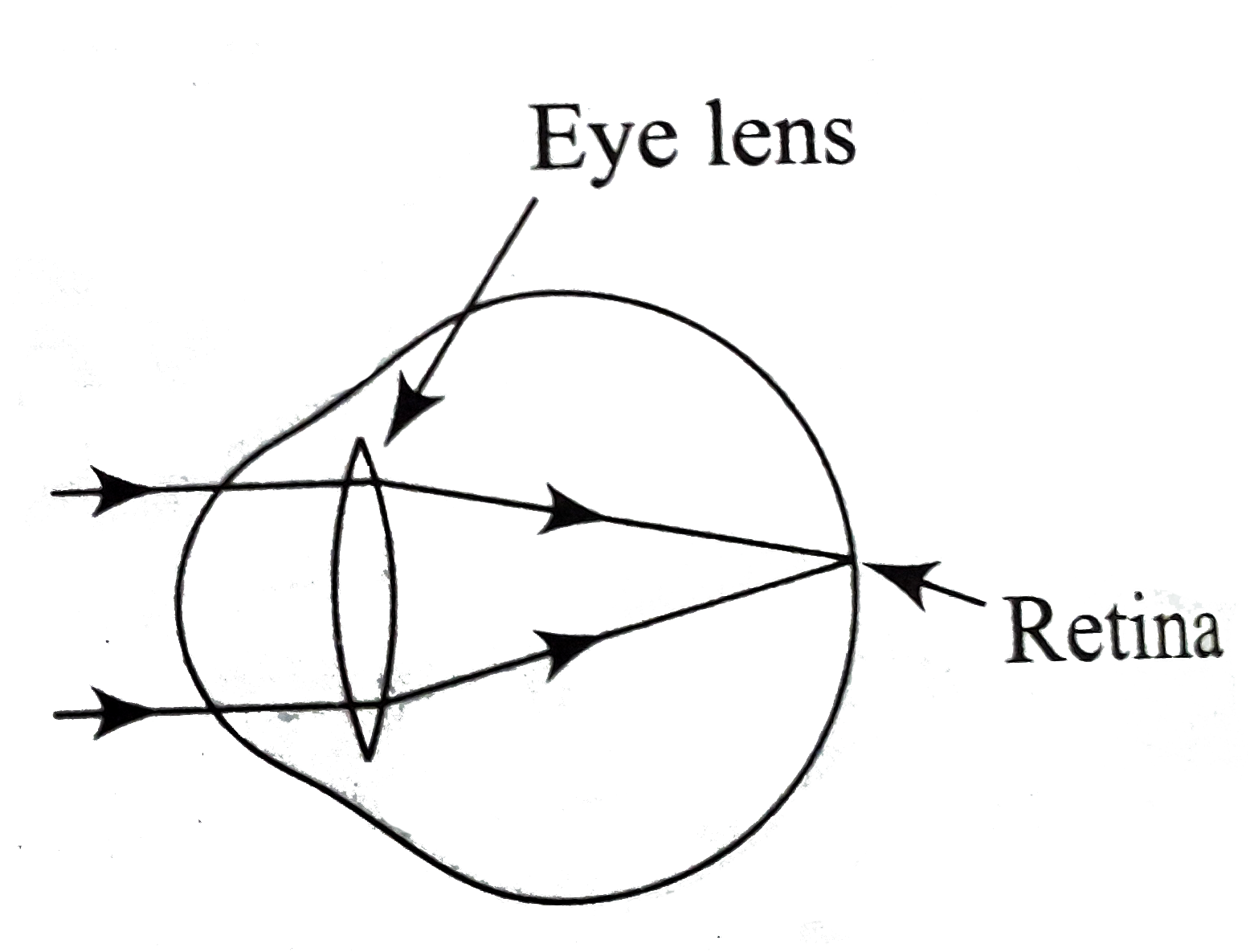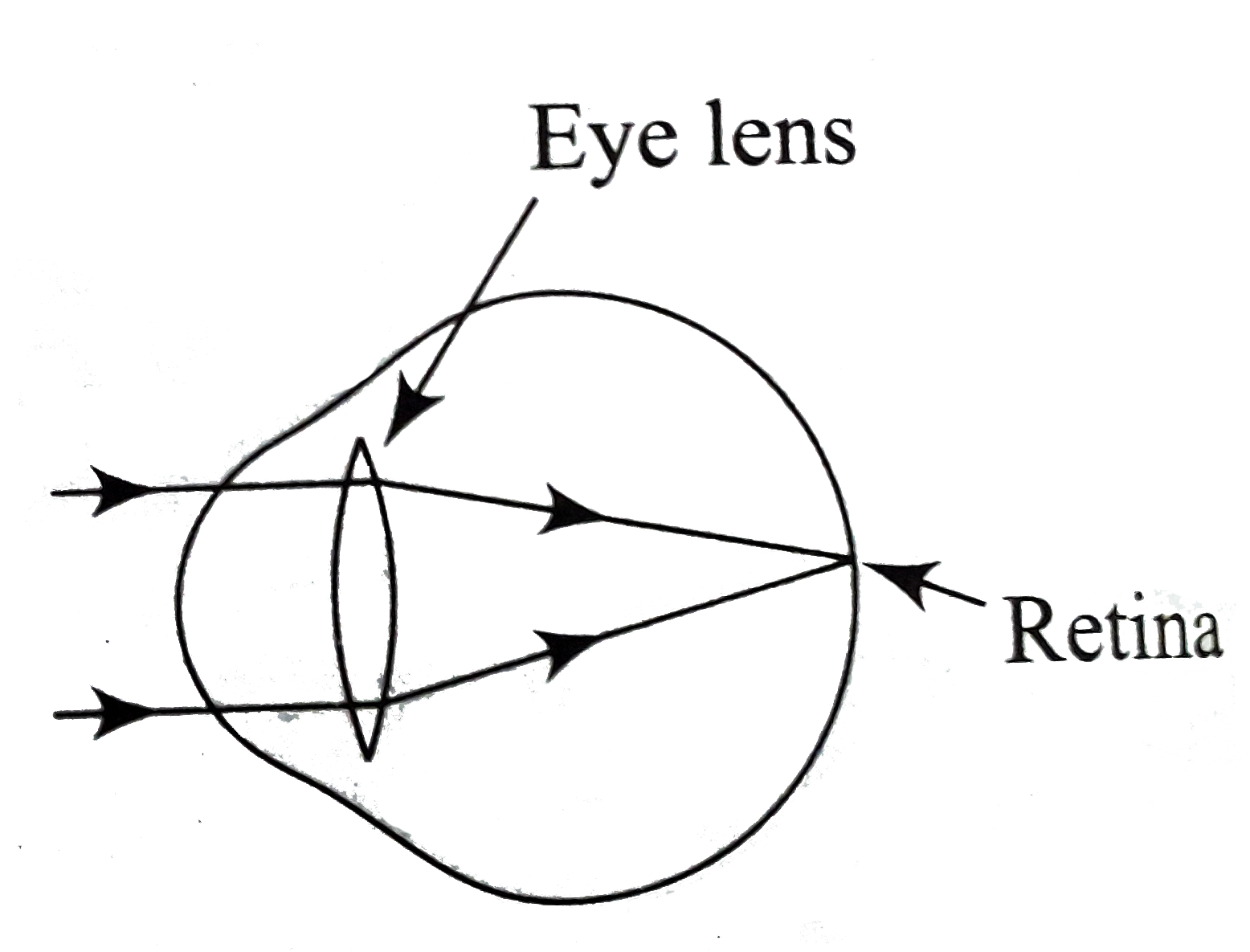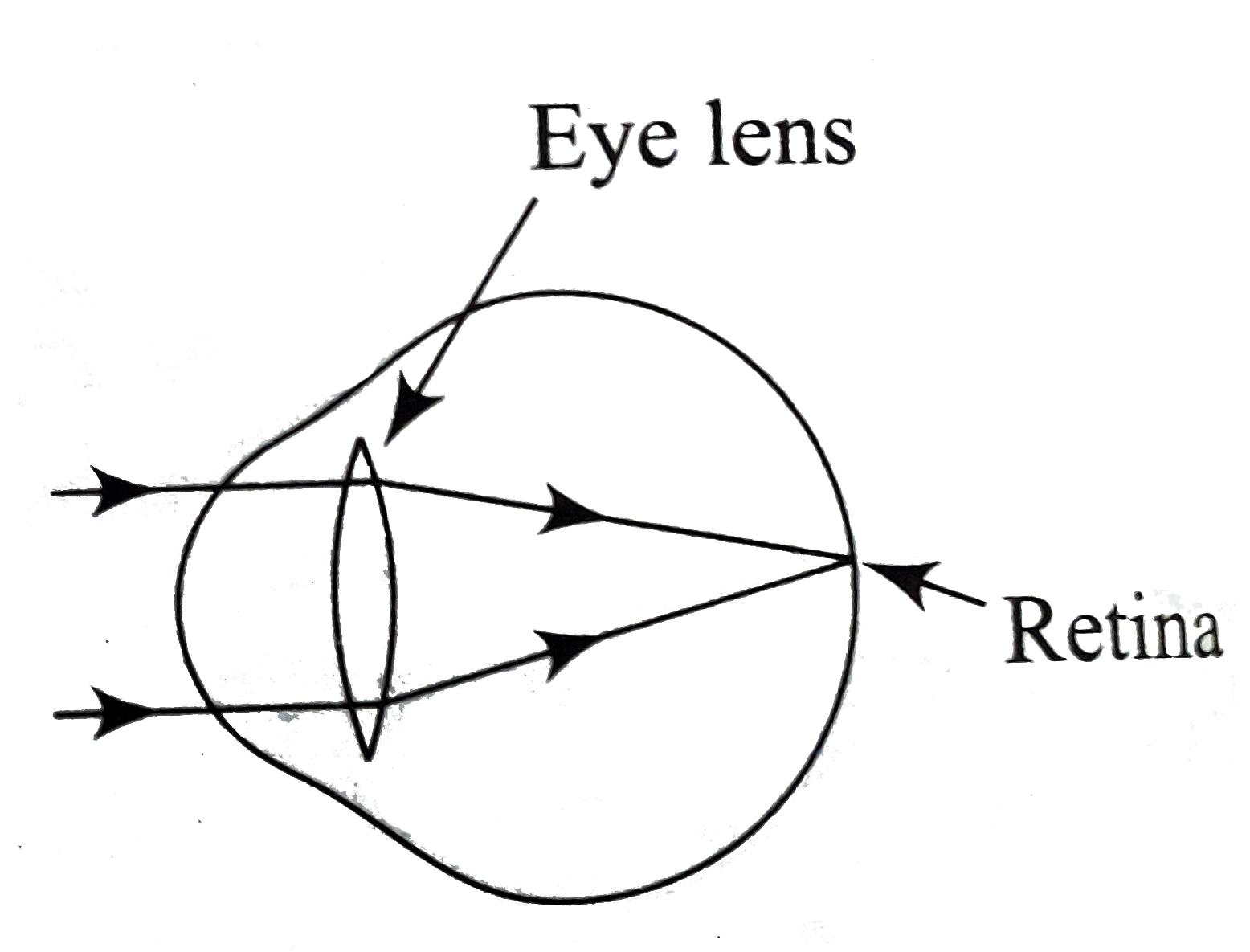Protein found in eye lens is
Opsin
Callagene
Crystallin
Rhodopsin
The correct Answer is:C
To answer the question "Protein found in eye lens is", we will analyze the provided options step by step.
Step 1: Analyze the Options
The options given are:
1. Opsin
2. Collagen
3. Crystalline
4. Rhodopsin
Step 2: Evaluate Opsin and Rhodopsin
- Opsin and Rhodopsin: Both of these proteins are involved in visual transduction, which is the process of converting light into electrical signals in the photoreceptor cells of the eye. However, they are not found in the lens of the eye. Instead, they are located in the rod and cone cells of the retina.
Step 3: Evaluate Collagen
- Collagen: This protein is primarily a major component of connective tissues, such as tendons, cartilage, and bones. While it plays a crucial role in the structural integrity of various tissues, it is not specifically found in the lens of the eye.
Step 4: Evaluate Crystalline
- Crystalline: This is a water-soluble structural protein that is specifically found in the lens and cornea of the eye. It is responsible for maintaining the transparency of the eye, which is essential for proper vision.
Step 5: Conclusion
Based on the evaluations:
- Opsin and Rhodopsin are not found in the lens.
- Collagen is not specific to the lens.
- Crystalline is the correct answer as it is the protein found in the eye lens.
Final Answer
The protein found in the eye lens is Crystalline.
---
The options given are:
1. Opsin
2. Collagen
3. Crystalline
4. Rhodopsin
- Opsin and Rhodopsin: Both of these proteins are involved in visual transduction, which is the process of converting light into electrical signals in the photoreceptor cells of the eye. However, they are not found in the lens of the eye. Instead, they are located in the rod and cone cells of the retina.
- Collagen: This protein is primarily a major component of connective tissues, such as tendons, cartilage, and bones. While it plays a crucial role in the structural integrity of various tissues, it is not specifically found in the lens of the eye.
- Crystalline: This is a water-soluble structural protein that is specifically found in the lens and cornea of the eye. It is responsible for maintaining the transparency of the eye, which is essential for proper vision.
Based on the evaluations:
- Opsin and Rhodopsin are not found in the lens.
- Collagen is not specific to the lens.
- Crystalline is the correct answer as it is the protein found in the eye lens.
The protein found in the eye lens is Crystalline.
Topper's Solved these Questions
Similar Questions
Knowledge Check
The structural protein found in animals is
AkeratinBcollagenCalbuminDthrombinThe proteins found in the filaments of muscle fibres are
Aactin and myosinBmyosin and elastinCactin onlyDmyelin and tubulin
What are the two types of proteins found in a plasma membrane?
View Solutionthe storage protein found in castor oil seeds is
View SolutionThe ciliary muscles of eye control the curvature of the lens in the eye and hence can alter the effective focal length of the system. When the muscles are fully relaxed, the focal length is maximum. When the muscles are strained, the curvature of lens increases. That means radius of curvature decreases and focal length decreases. For a clear vision, the image must be on the retina. The image distance is therefore fixed for clear vision and it equals the distance of retina from eye lens. It is about 2.5cm for a grown up person.
A perosn can theoretically have clear vision of an object situated at any large distance from the eye. The smallest distance at which a person can clearly see is related to minimum possible focal length. The ciliary muscles are most strained in this position. For an average grown up person, minimum distance of the object should be around 25cm.
A person suffering from eye defects uses spectacles (eye glass). The function of lens of spectacles is to form the image of the objects within the range in which the person can see clearly. The image o the spectacle lens becomes object for the eye lens and whose image is formed on the retina.
The number of spectacle lens used for th eremedy of eye defect is decided by the power fo the lens required and the number of spectacle lens is equal to the numerical value of the power of lens with sign. For example, if power of the lens required is +3D (converging lens of focal length 100/3cm ), then number of lens will be +3.
For all the calculations required, you can use the lens formula and lensmaker's formula. Assume that the eye lens is equiconvex lens. Neglect the distance between the eye lens and the spectacle lens.

Q. Minimum focal length of eye lens of a normal peson is
View SolutionThe ciliary muscles of eye control the curvature of the lens in the eye and hence can alter the effective focal length of the system. When the muscles are fully relaxed, the focal length is maximum. When the muscles are strained, the curvature of lens increases. That means radius of curvature decreases and focal length decreases. For a clear vision, the image must be on the retina. The image distance is therefore fixed for clear vision and it equals the distance of retina from eye lens. It is about 2.5cm for a grown up person.
A perosn can theoretically have clear vision of an object situated at any large distance from the eye. The smallest distance at which a person can clearly see is related to minimum possible focal length. The ciliary muscles are most strained in this position. For an average grown up person, minimum distance of the object should be around 25cm.
A person suffering from eye defects uses spectacles (eye glass). The function of lens of spectacles is to form the image of the objects within the range in which the person can see clearly. The image o the spectacle lens becomes object for the eye lens and whose image is formed on the retina.
The number of spectacle lens used for th eremedy of eye defect is decided by the power fo the lens required and the number of spectacle lens is equal to the numerical value of the power of lens with sign. For example, if power of the lens required is +3D (converging lens of focal length 100/3cm ), then number of lens will be +3.
For all the calculations required, you can use the lens formula and lensmaker's formula. Assume that the eye lens is equiconvex lens. Neglect the distance between the eye lens and the spectacle lens.

Q. Maximum focal length of a eye lens of a normal person is
View SolutionThe ciliary muscles of eye control the curvature of the lens in the eye and hence can alter the effective focal length of the system. When the muscles are fully relaxed, the focal length is maximum. When the muscles are strained, the curvature of lens increases. That means radius of curvature decreases and focal length decreases. For a clear vision, the image must be on the retina. The image distance is therefore fixed for clear vision and it equals the distance of retina from eye lens. It is about 2.5cm for a grown up person.
A perosn can theoretically have clear vision of an object situated at any large distance from the eye. The smallest distance at which a person can clearly see is related to minimum possible focal length. The ciliary muscles are most strained in this position. For an average grown up person, minimum distance of the object should be around 25cm.
A person suffering from eye defects uses spectacles (eye glass). The function of lens of spectacles is to form the image of the objects within the range in which the person can see clearly. The image o the spectacle lens becomes object for the eye lens and whose image is formed on the retina.
The number of spectacle lens used for th eremedy of eye defect is decided by the power fo the lens required and the number of spectacle lens is equal to the numerical value of the power of lens with sign. For example, if power of the lens required is +3D (converging lens of focal length 100/3cm ), then number of lens will be +3.
For all the calculations required, you can use the lens formula and lensmaker's formula. Assume that the eye lens is equiconvex lens. Neglect the distance between the eye lens and the spectacle lens.

Q. A far sighted man connot see objects clearly unless they are at least 100cm from his eyes. The number of the spectacle lenses that will make his range of clear vision equal to an average grown up person will be
View SolutionThe ciliary muscles of eye control the curvature of the lens in the eye and hence can alter the effective focal length of the system. When the muscles are fully relaxed, the focal length is maximum. When the muscles are strained, the curvature of lens increases. That means radius of curvature decreases and focal length decreases. For a clear vision, the image must be on the retina. The image distance is therefore fixed for clear vision and it equals the distance of retina from eye lens. It is about 2.5cm for a grown up person.
A perosn can theoretically have clear vision of an object situated at any large distance from the eye. The smallest distance at which a person can clearly see is related to minimum possible focal length. The ciliary muscles are most strained in this position. For an average grown up person, minimum distance of the object should be around 25cm.
A person suffering from eye defects uses spectacles (eye glass). The function of lens of spectacles is to form the image of the objects within the range in which the person can see clearly. The image o the spectacle lens becomes object for the eye lens and whose image is formed on the retina.
The number of spectacle lens used for th eremedy of eye defect is decided by the power fo the lens required and the number of spectacle lens is equal to the numerical value of the power of lens with sign. For example, if power of the lens required is +3D (converging lens of focal length 100/3cm ), then number of lens will be +3.
For all the calculations required, you can use the lens formula and lensmaker's formula. Assume that the eye lens is equiconvex lens. Neglect the distance between the eye lens and the spectacle lens.

Q. A near sighted man can clearly see ojects only upto a distance of 100cm and not beyond this. The number of the spectacle lenses necessary for the remedy of this defect will be
View Solution
